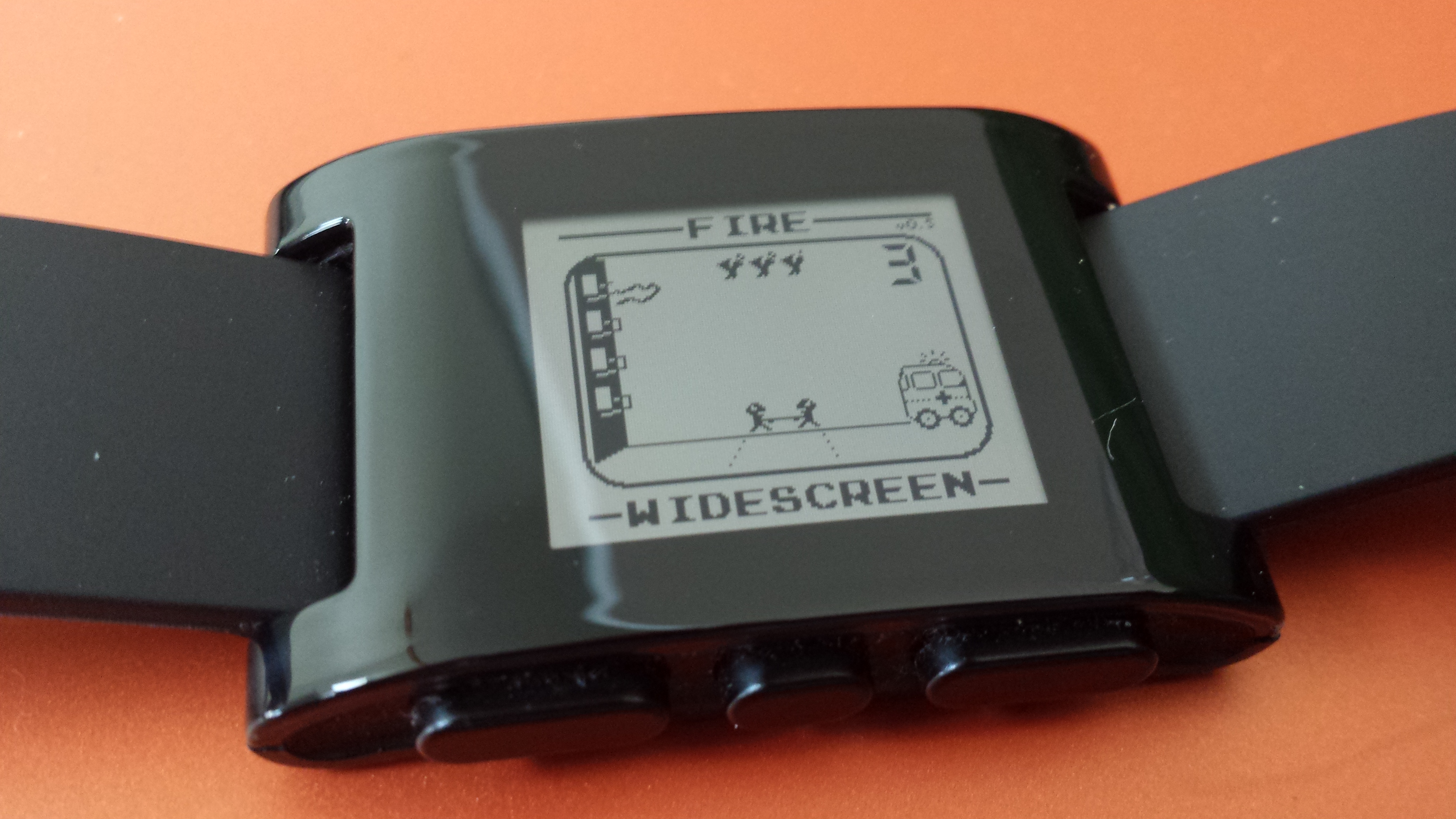

And, to top it off, first versions didn’t have a scratch-resistant glass.
#Flipclock pebble watch android
Then, several users and reviewers discovered that the Pebble worked better the Android OS than iOs, which was a downside, since many of its users were, in fact, iPhone users. Plus, connectivity dropped multiple times in a day, and it drained the phone’s battery. This dependency hindered usability cumbersome. The user needed multiple apps to link the Pebble Watch with his or her phone. The devices were waterproof, and their e-ink display worked well under most illumination conditions.Plus, with prices beginning at 99$, it was all in all a pretty decent package. From basics such as stock, email, text messages and social networks, to more complex as remote control for phones and cameras, as well as GPS directions. With information such as location, distance, altitude and such, users could enjoy more than 8000 apps for the watch. Pebble’s spearhead was its battery life, rated for seven days, which meant users didn’t have to charge them almost daily, as with other brands.Īlso, it could link with iOs and Android. Though Pebble Watches weren’t the only smartwatches at the time, they had a couple of advantages over the competition. And to great success, as they managed to round up $20 MILLION. So, once again, they resorted to the crowdfunding strategy. When Pebble wanted to launch their new product, the Pebble Time, investors weren’t interested. At least with their customers because, with investors, not so much. “The time is now for Eric Migicovsky”, read a 2014 Financial Times headline. Just two years later, they had sold 400 000 units.

So, after coming to terms with Taiwanese manufacturer Foxlink Group, productions started at a rate of 15 000 units a week. The planned date of September 2012 had to be pushed back to 2013 because of issues with materials. By the 18th of May, he had raised 10,3 million dollars. Within just TWO HOURS he reached his goal. And, to officially break ties with the past, he christened it the Pebble Watch.īut, where would he get the money? Investors hadn’t showed interest so, perhaps, potential buyers would? In April, 2012, he took to Kickstarter with a goal of $100 000. The new smartwatch would be compatible with multiple operating systems, plus, it’d be waterproof. He ditched the Blackberry operating system and opted for a new approach. Because, well, Blackberrys weren’t a thing anymore.Īfter such disappointment, Migicovsky decided it was time for a major shakeup. Which he spent in manufacturing the InPulse. So much so that, Migicovsky only got one investor, Draper Fisher Juverston, with a total investment of about $375 000. Take into consideration one thing: out of the more than thirty participants, his was the only idea focused on hardware instead of software.Īnd, also, the InPulse was geared towards only Blackberry. The conditions were as follows: each participant would get $150 000 from investors and a platform by which they could set up links with other angel investors. In 2011, he participated in the Y Combinator business incubator program. Let’s look at Migicovksy’s early experiences with investors. So he created the InPulse for Blackberry phones.īut the InPulse faced one hurdle that was hard to overcome and, eventually, would also haunt the Pebble. Since 2008, he had tinkered with the idea of a watch that could dish out information like weather, sports, stock and, well, time.

Pebble’s CEO, Eric Migicovsky wasn’t new to the world of wearable technology. So, what happened to Pebble Watch as a company? What was once supposed to be a game changer is now a lump of forgotten technology and a lot of lessons learned. But production issues and, most importantly, wrong decisions meant that just four years after its launch, the Pebble Watch and its company, Pebble, sold all their assets and ceased to exist. Pebble was ready to take world by storm with its line of smartwatches.

But it’s 2019 and, chances are, most people don’t know what a Pebble Watch is. By 2016, that number was already two million units. Hopes were high and the fever seemed to catch on.īy the beginning of 2013, the products began shipping and by 2014, over 400 000 units were sold. The wearable technology market was at the gates of booming and the product was promising. In 2012, it became the most successful Kickstarter campaign at the time, with $10 million pledged.


 0 kommentar(er)
0 kommentar(er)
